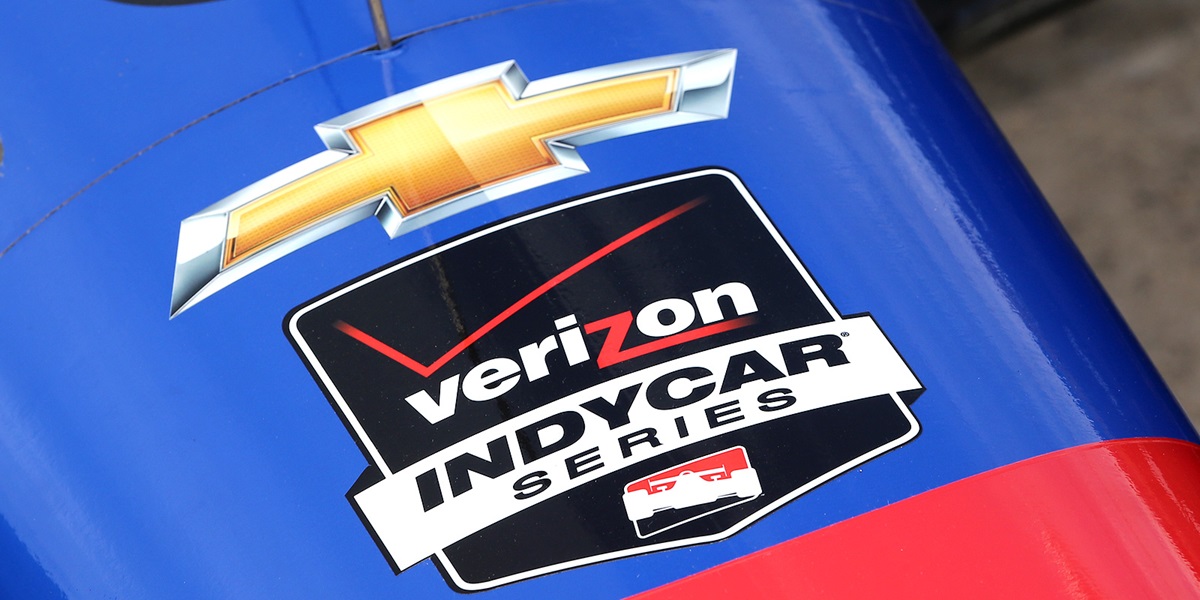
Chevrolet Details IndyCar Aero Kit Process
February 23, 2015 | By Marshall Pruett
With three consecutive Verizon IndyCar Series Manufacturers’ championships to their credit, Chevrolet has invested a lot of additional resources to ensure it earns Number 4 at by the end of the season.
With the series’ introduction of custom aero kit bodies for 2015, Chevy and its rival Honda went to work seeking aerodynamic gains through the new rules, and as Chevy Program Manager Chris Berube explains, the first step in the process was to fortify their engineering team with aero specialists.
“Aero kits and the opportunity to do them was one of the key reasons we came back to the series,” he said. “I would say we definitely didn’t get to investing and progressing with it until 2012 when we started baselining, and bringing on the right people. Build the team first, present them with the challenge, and from there, it was a solid three-year effort.”
Longtime GM partner Pratt & Miller Engineering has its hands in almost every Chevy racing program in place today, making the task of designing, manufacturing and testing aero kits a perfect task for the Michigan-based company. PME then added a few recruits from another major open-wheel series to bolster their aerodynamic expertise.
“We did keep it to our existing technical partner,” Berube continued. “We did add some folks who had Formula 1 aerodynamic experience, and it’s a dedicated to this project. It’s familiar people at Pratt & Miller working under our chief aerodynamicist.”
Chevy’s practice of cross-training its road car personnel within its various racing programs has been part of its IndyCar effort since 2012, and on the mechanical and electronic front, lessons learned in IndyCar will continue to improve the next generation of Chevy production vehicles. Berube says the tech transfer process will also apply to aerodynamics, thanks to its aero kit project.
“The team is definitely on the small side, if you wanted to compare it to a Formula 1 aerodynamics group, but it’s big enough to generate the results we have, and it has impacted some of the other series where we compete, for sure, and can influence future road cars as well,” he explained. “This core group of folks is that talented, and brought new ways of developing aerodynamics in ways we can transfer aerodynamic technology back and forth.”